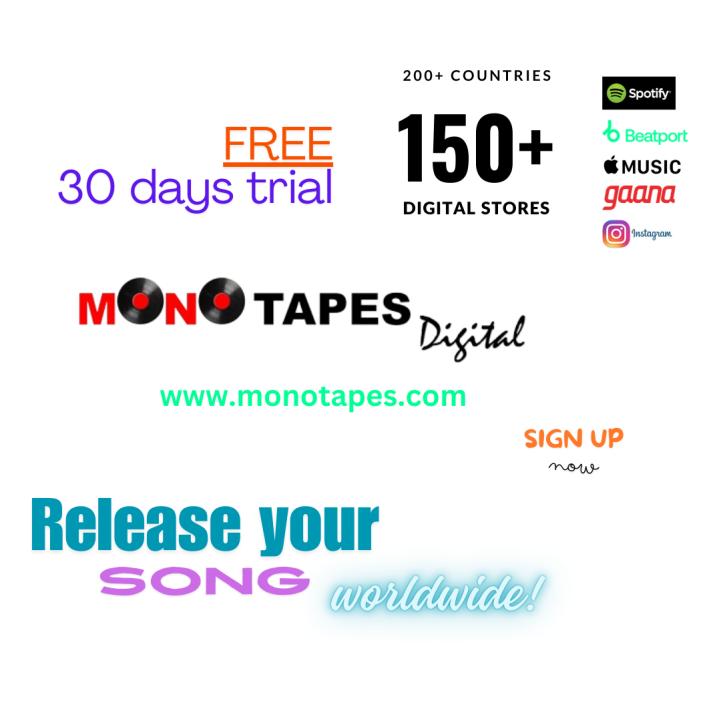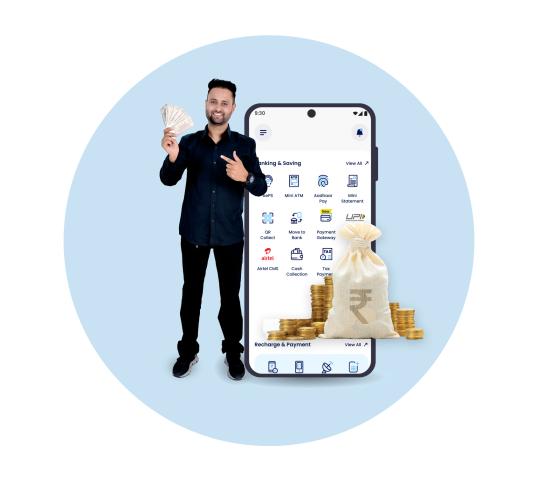Introduction to Digital Rights
Management (DRM)
Digital Rights Management, commonly
known as DRM, is a set of technologies and tools designed to control the
access and usage of digital content. In the context of the music industry, DRM
has become one of the primary mechanisms for protecting digital music from unauthorized
copying and distribution. As the digital music landscape has grown,
particularly with the rise of streaming platforms like tunecore, monotapes digital, Amuse, ditto music etc.
and online music stores like Spotify,
apple music, deezer etc, DRM has played a crucial role in helping artists,
record labels, and distributors maintain control over their creations.
DRM technology essentially encrypts
digital files, making them accessible only to those who have the correct
decryption keys, which are typically provided after purchasing or subscribing
to a service. While DRM is primarily intended to protect intellectual property,
its implications stretch far beyond simple copyright protection.
How DRM Protects Digital Music
DRM technology works by embedding
certain restrictions directly into digital music files. These
restrictions control how the music can be used and shared. Some of the common
DRM functionalities include:
- Limiting the Number of Devices: DRM can restrict the number of devices on which a
purchased or downloaded song can be played. This helps to ensure that
consumers do not share their music files with others.
- Time-Limited Access:
For subscription-based services like Spotify and Apple Music, DRM allows
content to be accessible only for as long as the subscription is active.
If a user cancels their subscription, access to the music is revoked.
- Preventing Copying and Distribution: DRM prevents users from making unauthorized copies of
the music files. This helps in curbing piracy, which has historically been
a major issue for the music industry.
- Geographical Restrictions: Some DRM systems can limit access to certain digital
music content based on the user’s geographical location, complying with
various licensing agreements across different regions.
By embedding these restrictions into
digital music files, DRM helps artists and rights holders retain control over
how their music is used and distributed in the digital marketplace. But while
DRM offers robust protection, it also has significant implications for both artists
and consumers.
Implications of DRM for Artists
For artists, DRM provides a means of
ensuring that their work is not illegally copied or distributed without
compensation. The music industry has long struggled with piracy, particularly
with the advent of peer-to-peer file-sharing platforms in the early 2000s. DRM
technology helps combat this by ensuring that digital music can only be
accessed by paying customers or authorized users.
Some of the key benefits DRM offers
to artists include:
- Revenue Protection:
DRM helps ensure that artists receive fair compensation for their work by
preventing unauthorized copying and sharing. In an industry where royalties
can be a major source of income, this is crucial for many artists,
especially independent musicians who rely on digital sales.
- Control Over Distribution: DRM allows artists and record labels to maintain
control over how their music is distributed, ensuring that it reaches
consumers through legitimate channels. This control is especially
important for exclusive releases or when experimenting with new
business models.
- Increased Bargaining Power: With the use of DRM, artists and labels can negotiate
better deals with streaming platforms and music distributors. They can
impose specific conditions for how their music is accessed, played, or
sold. This added leverage can lead to higher royalties and more favorable
terms for artists.
Despite these advantages, DRM also
presents certain challenges for artists. For one, implementing DRM can
sometimes limit the ways in which music is consumed, which may frustrate fans.
Furthermore, artists who rely heavily on DRM technology might find themselves dependent
on third-party platforms to enforce these restrictions, which can lead to
loss of control in certain scenarios.
Implications of DRM for Consumers
While DRM offers clear benefits for
artists, its impact on consumers can be more complex. On one hand, DRM helps
protect the rights of creators, ensuring that fans can access music legally
and ethically. On the other hand, DRM can sometimes limit the freedom
and flexibility that consumers expect when they purchase digital content.
Some of the primary implications for
consumers include:
- Restricted Usage:
DRM can prevent consumers from using their purchased music as freely as
they would like. For instance, users may not be able to transfer their
songs to certain devices or play them offline without an active
subscription.
- Lack of Ownership:
With DRM, consumers often do not fully "own" the digital music
they purchase. In many cases, they are essentially paying for the right to
access the music, not to permanently own and freely use it. This can lead
to frustration for those who expect a more traditional ownership
experience.
- Compatibility Issues:
DRM-encoded files can sometimes be incompatible with certain devices or
media players. This is particularly problematic for users who want to play
their music across multiple platforms or who prefer to use software that
does not support the DRM restrictions.
- Privacy Concerns:
Some DRM systems track consumer behavior, such as how often a song is
played or on which device. While this data is generally used to enforce
usage limits, it can raise privacy concerns for consumers who are
uncomfortable with being monitored.
Despite these potential drawbacks,
DRM remains an essential tool for protecting the rights of artists and ensuring
that digital music remains a viable and profitable industry.
The Future of DRM in the Music
Industry
As the digital music site continues to evolve,
the role of DRM is likely to adapt to new challenges and technologies. The rise
of blockchain technology, for instance, offers a potential alternative to
traditional DRM systems by providing a more transparent and decentralized
way of managing rights and royalties.
However, the continued success of
DRM will depend on finding a balance between protecting the rights of creators
and offering consumers the flexibility and convenience they expect from digital
music. As streaming services, digital downloads, and new music platforms
continue to grow, DRM will need to evolve to meet the demands of both artists
and consumers.
In conclusion, while DRM technology
plays a vital role in protecting the rights of artists and ensuring fair
compensation, its implications for consumers must be carefully considered. The
future of digital music will likely require ongoing innovation in DRM
technology to strike the right balance between protection and accessibility.














